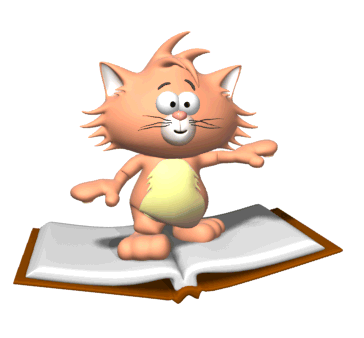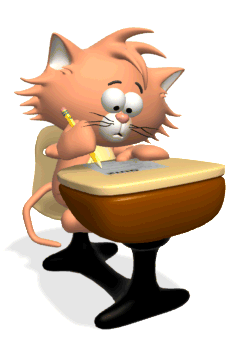- School 21
- What We Learn in Kindergarten
Winters, Julia
Page Navigation
What We Learn in Kindergarten
-
-
Reading

- Identifies the parts of a book: front & back cover, first page, title, title page, Where do we start to read
- identifies informational books - table of contents, page numbers
- identifies a variety of genres - fiction & non fiction
- understand features of print: left to right, top to bottom
- name and write upper- and lower-case letters and sounds
- rhyme identification
- label
- sequence
- break words into syllables
- isolate & substitute beginning, middle, and ending sounds in words
- spell simple words phonetically
- blends cvc & cvce words (consonant-vowel-consonant : consonant-vowel-consonant-vowel)
- long and short vowel sounds
- read high frequency words
- read emergent level text for purpose and understanding
- writes a sentence with proper spacing, capitalization, punctuation and meaningful content
- answer questions about and retell stories
- Identifies character, setting, and major events in a story
- Identifies author and illustrator's roles
- compare stories
- recognize appropriate uses for nouns and verbs and use singular and plural correctly
Math

count to 100 by ones and tens on from a given number
identifies numbers to 100
write numbers 0-20
represent a number of objects with a written number and count to answer how many
understanding counting means one more and represent that with numbers and objects
Identifies if a group of objects is greater than, less than, or equal to another group
addition and subtraction word problems within 10
utilizes number bonds, ten frames, hundred chart
take apart numbers to 10 in more than one way
find the number to make 10 when given a number
add and subtract fluently within 10
put together and take apart numbers up to 19 (18 = 8 + 10)
understand the concept of tens and ones - place value
describe/compare/contrast measureable features of objects
put objects into categories and sort those categories by count
name shapes no matter the orientation
use terms of position: below, beside, etc.
Identifies 2 and 3 dimensional shapes
use language to describe shapes similarities and differences (corners, vertices, sides, etc.)
create and model shapes in environment and in other shapes
-







